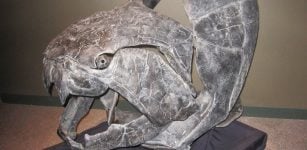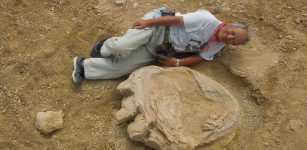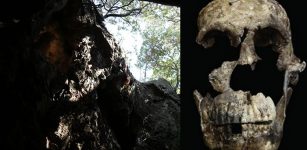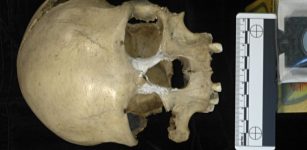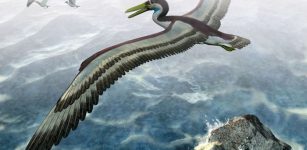Four Hominin Species Co-Existed 3.8 Million Years Ago – Fossil Evidence Reveals
MessageToEagle.com – There are still many things we don’t know about early human ancestor species lived at the same time more than 3 million years ago.
In 1974, a team of scientists digging in an isolated spot in the Afar region of Ethiopia discovered a skeleton that was older than three million years. It was called Lucy and it was the most ancient early human – or hominin – ever found.
The discovery of Australopithecus afarensis was a major milestone in paleoanthropology that pushed the record of hominins earlier than 3 million years ago and demonstrated the antiquity of human-like walking.
Scientists have long argued that there was only one pre-human species at any given time before 3 million years ago that gave rise to another new species through time in a linear manner. The hominin was labeled Lucy.
Though she was a new species, Lucy was not the first Australopithecus found. That was the Taung Child, the fossilized skull of a young child who lived about 2.8 million years ago in Taung, South Africa. The Taung Child was discovered in 1924 and was studied by anatomist Raymond Dart. He realized that it belonged to a new species, which he called Australopithecus africanus.
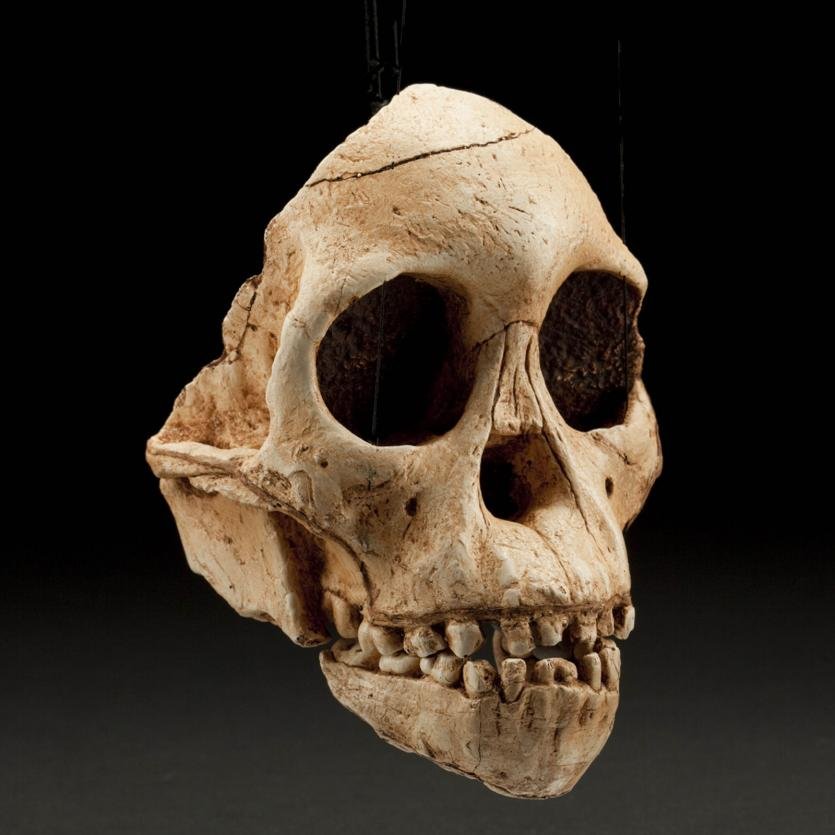
What is certain is that the Lucy fossil rewrote the history of humanity, but the quest for our beginnings is far from over.
Fossil evidence now reveals that four hominin species co-existed between 3.8 and 3.3 million years ago during the middle Pliocene. Lucy was not alone. She had neighbors.
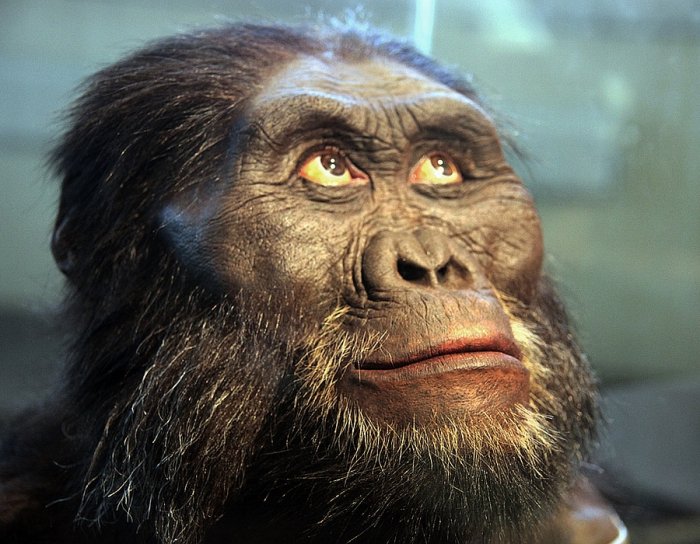
“It is now obvious that more than one species of early hominin co-existed during Lucy’s time,” said lead author Dr. Yohannes Haile-Selassie, curator of physical anthropology at The Cleveland Museum of Natural History. “The question now is not whether Australopithecus afarensis, the species to which the famous Lucy belongs, was the only potential human ancestor species that roamed in what is now the Afar region of Ethiopia during the middle Pliocene, but how these species are related to each other and exploited available resources.”
See also:
Four Other Humans Species Lived Alongside Modern Humans – New Study Suggests
Controversial Theory Suggests “Hobbits” Were Not Human
Bone Suggests ‘Red Deer Cave People’ – A Mysterious Species Of Human
“The Woranso-Mille paleontological study area in Ethiopia’s Afar region reveals that there were at least two, if not three, early human species living at the same time and in close geographic proximity. This key research site has yielded new and unexpected evidence indicating that there were multiple species with different locomotor and dietary adaptations. For nearly four decades, Australopithecus afarensis was the only known species—but recent discoveries are opening a new window into our evolutionary past,“ Dr. Yohannes Haile-Selassie said.
According to Co-author Dr. Denise Su, curator of paleobotany and paleoecology at The Cleveland Museum of Natural History these new fossil discoveries from Woranso-Mille are bringing forth avenues of research that scientists have not considered before.

“How did multiple closely related species manage to co-exist in a relatively small area? How did they partition the available resources? These new discoveries keep expanding our knowledge and, at the same time, raise more questions about human origins,” Dr. Denise Su said.
Paleoanthropologists now face the challenges and debates that arise from small sample sizes, poorly preserved prehistoric specimens and lack of evidence for ecological diversity.
Questions remain about the relationships of middle Pliocene hominins and what adaptive strategies might have allowed for the coexistence of multiple, closely related species.
“We continue to search for more fossils,” said Dr. Stephanie Melillo of the Max Planck Institute for Evolutionary Anthropology in Germany. “We know a lot about the skeleton of A. afarensis, but for the other middle Pliocene species, most of the anatomy remains unknown. Ultimately, larger sample sizes will be the key to sorting out which species are present and how they are related. This makes every fossil discovery all the more exciting.”
It would seem that the quest for our beginnings will reveal many more surprising discoveries in the near future.
MessageToEagle.com

